
Attica is All of Us:
On February 10, 2011, I arrived at Attica for the
third time during my 40 year incarceration. As
soon as I entered the reception room, I heard a
Correctional Officer announce to all the other
prisoners: What you heard about Attica is true.
We don't care what you do to each other, but if
any of you touch one of us, we will put you in
the hospital or worse " welcome to Attica!" Since
being here, I am aware of 7 prisoners who
suffered a beat down by guards, and the
Superintendent here knows what is going on, yet
fails to curtail the level of violence against prisoners.
In essence, Attica today is pre-September
9th-11th, 1971, where prisoners are controlled by
fear and terror. The only Black Captain,
apparently sent here for the purpose of
overseeing the madness of Attica, is only capable
of intervening when on site. As soon as he is
gone, the guards return to their racist deadly
antics. This is not to blanket all white guards
at Attica as racist, but when there is an
institutional culture of racism, fear and terror,
it is difficult for a humane guard to not
jeopardize his own safety; this includes the few
Black officers in this prison.
Why? One of the reasons is because these
Correctional Officers, beyond the innate racism,
fear another insurrection that will cause "state
sanctioned killing," as when former NYS Governor
Nelson Rockefeller ordered State Troopers and
Guards to open fire, massacring 41 prisoners and
guards. Therefore, fear, terror and brutality are
the measure of their false safety and security,
none of which is a secret to the authorities in Albany.
In September 1971, there was a vibrant
progressive and revolutionary movement in this
country. The prison movement reflected the fight-
back determination of young people believing they
could create a better world. On the streets there
was a movement, and in prison there was a
movement. No such animal exists today, at least
nowhere near the level of the late 60's and early
70's. Then there were "Free Political Prisoner"
campaigns going on, from the Free Huey, Free
Angela, Free the Panther 21, Free the Soledad
Brothers, Free San Quentin Six campaigns that
forged a national consciousness of fight back. No
such broad political consciousness or campaign
exists today. Hence, today's prisoners reflect
the drug and gang culture, much of which includes
functional illiterates. Therefore, correctional
personnel are not worried about these prisoners
fighting back physically or legally. Some of the
largest gains of civil rights for prisoners were
in the 60's and 70's, when prisoners filed a
multitude of lawsuits and had the assistance of
progressive legal organizations. Today, the
Supreme Court has severely restricted prisoners'
ability to file lawsuits and win.
The absent dynamic of a vibrant prison movement
negatively impacts the capacity of prisoners to
fight. Absent both community and legal support,
in a confined repressive environment, prisoners
can only be expected to survive, and try and make
it home alive. Attica, Comstock, Clinton and
other NYS maximum security prisons suffer the
same reality, all of which tells All of Us of our
collective failure.
It is my sincere hope, on this 40th Year
commemoration of Attica, that NYC's activists
recognize what for many inside prison seems to be
abandonment. That they will decide to recognize
the work that needs to be done to help restore
the capacity for all of us to fight back for freedom!
Respectfully,
Jalil A. Muntaqim
http://breakallchains.blogspot.com/


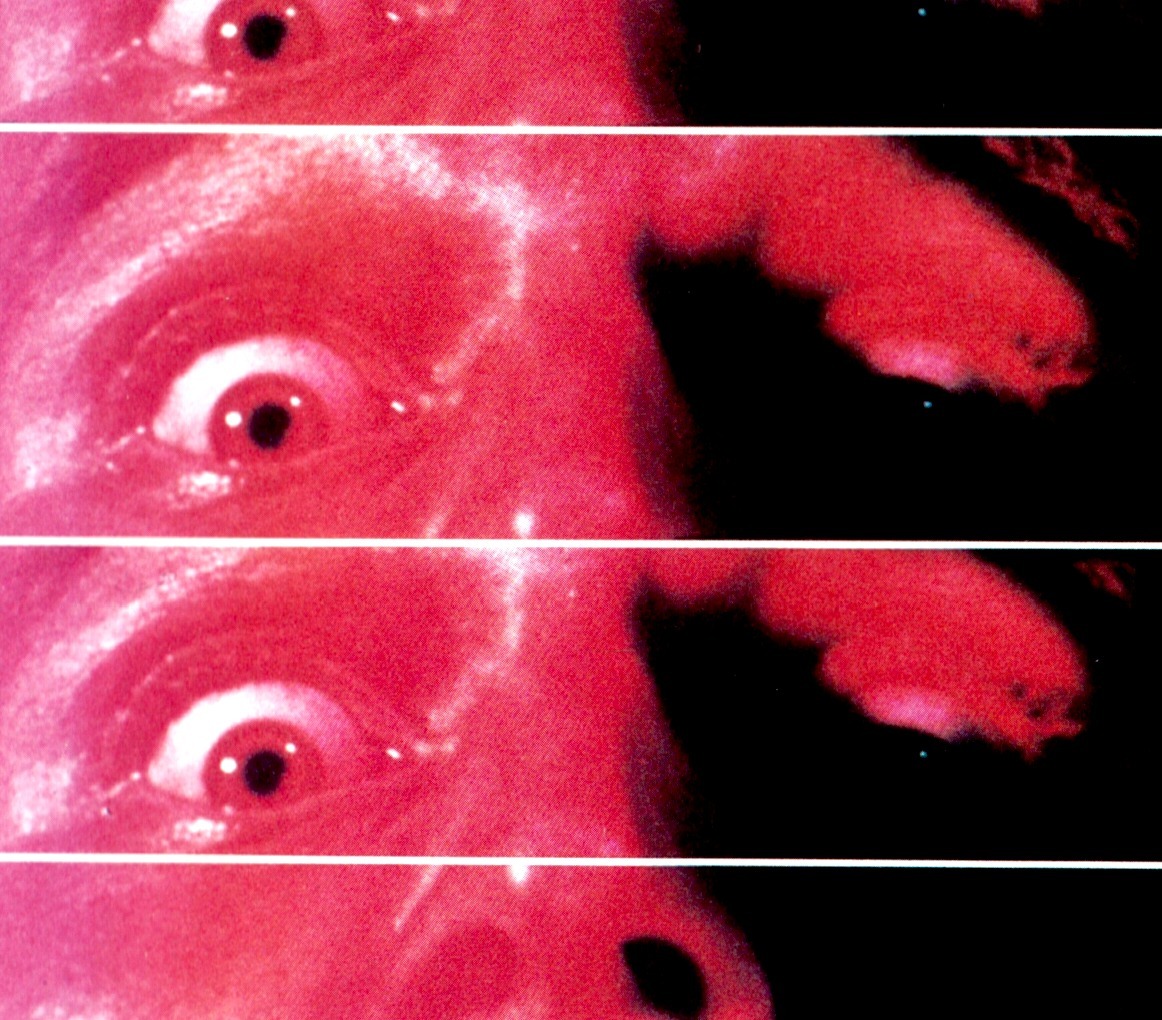
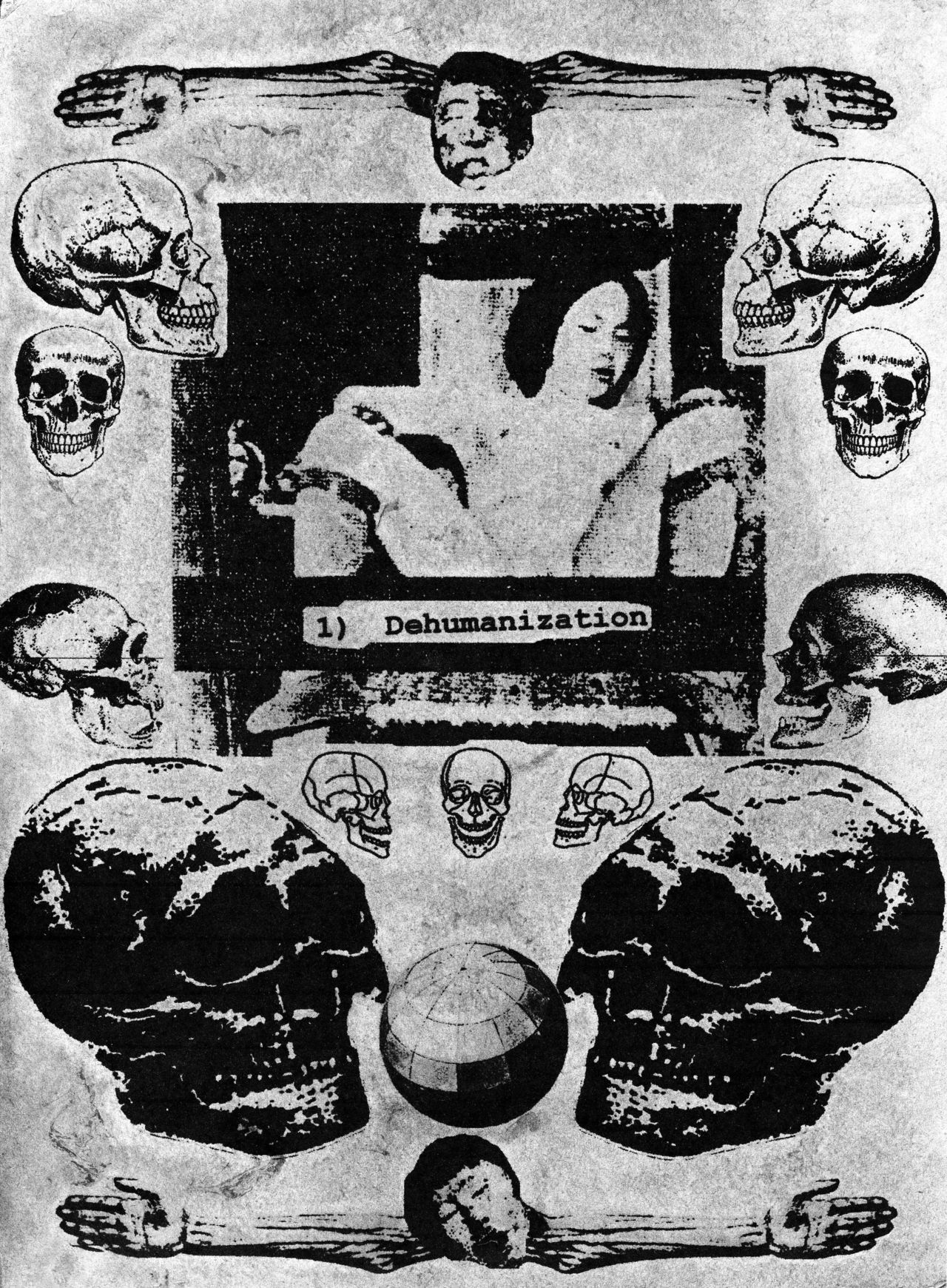


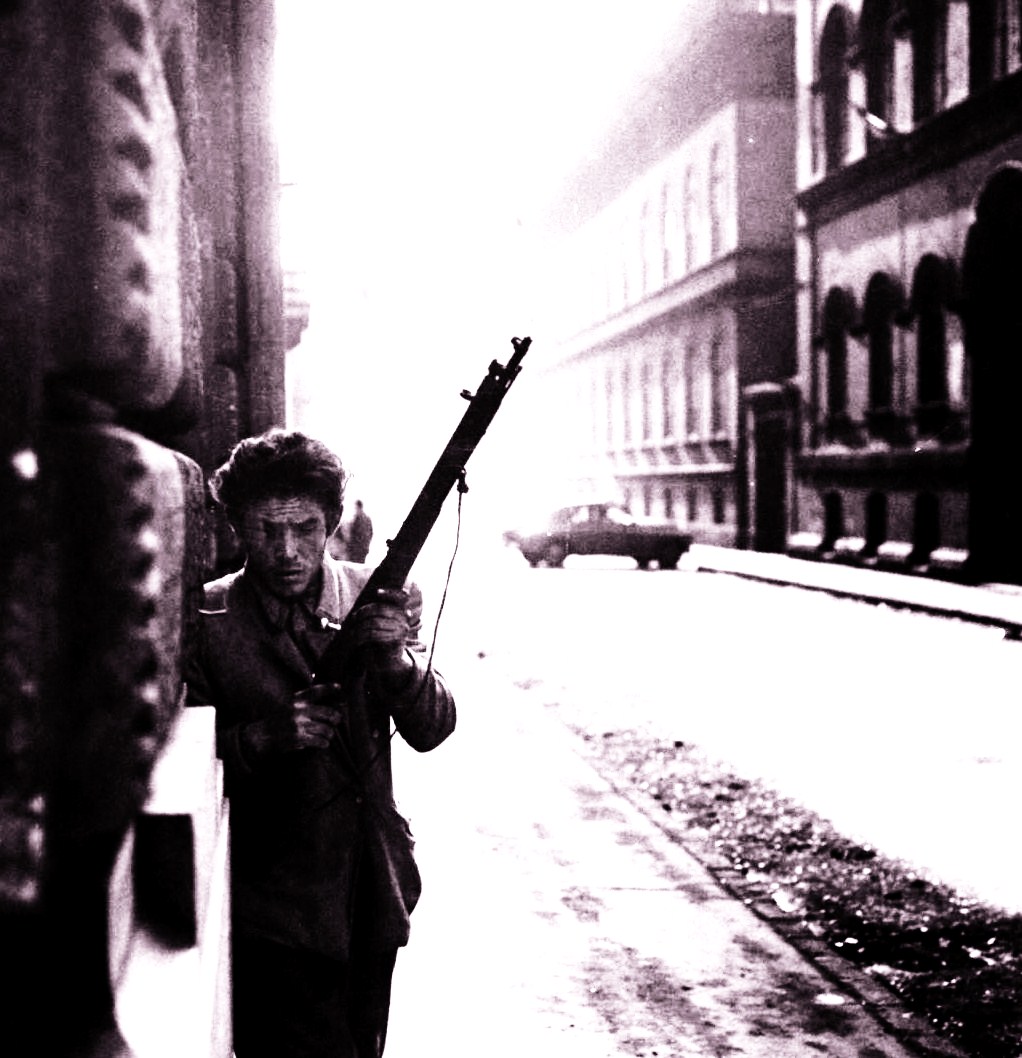
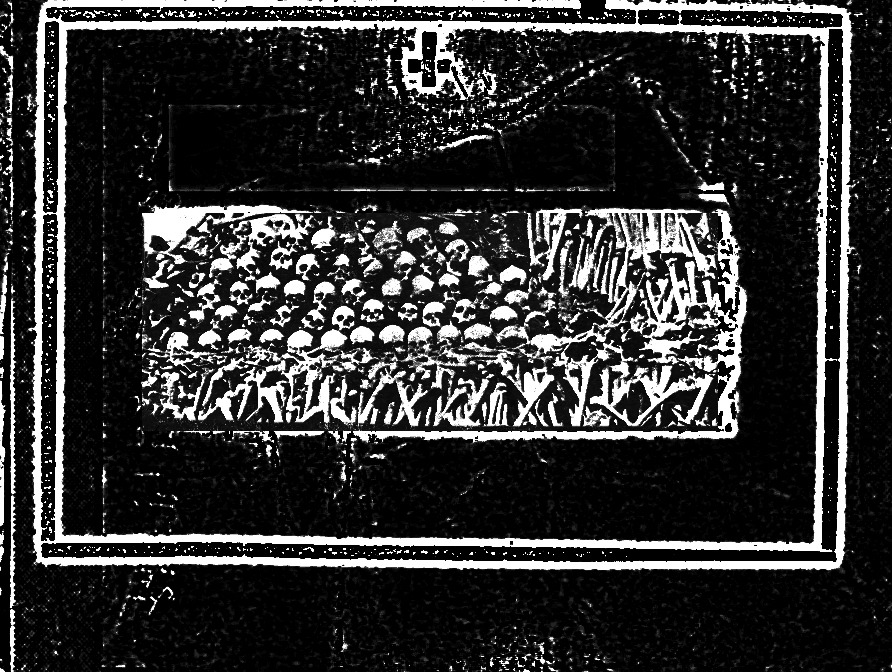
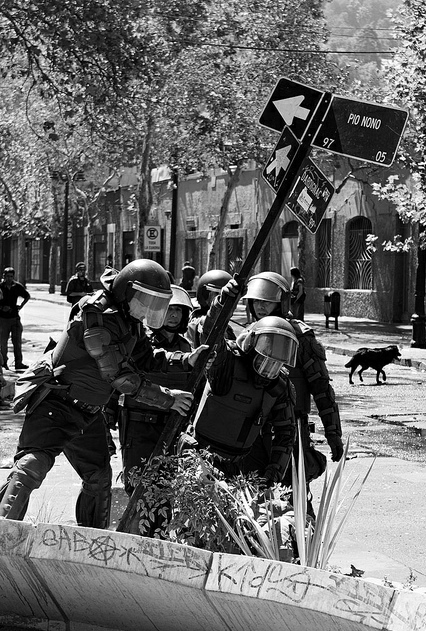
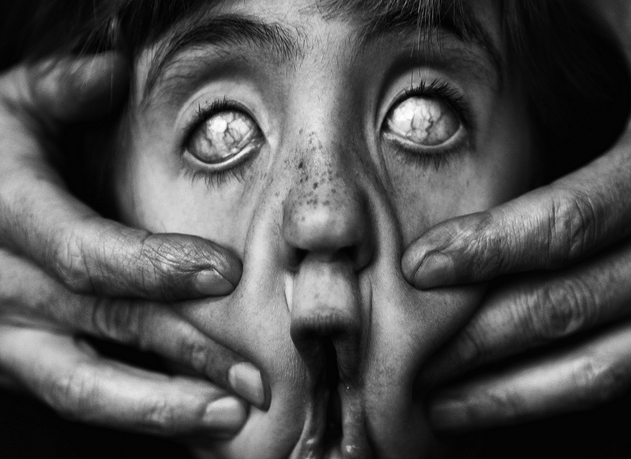


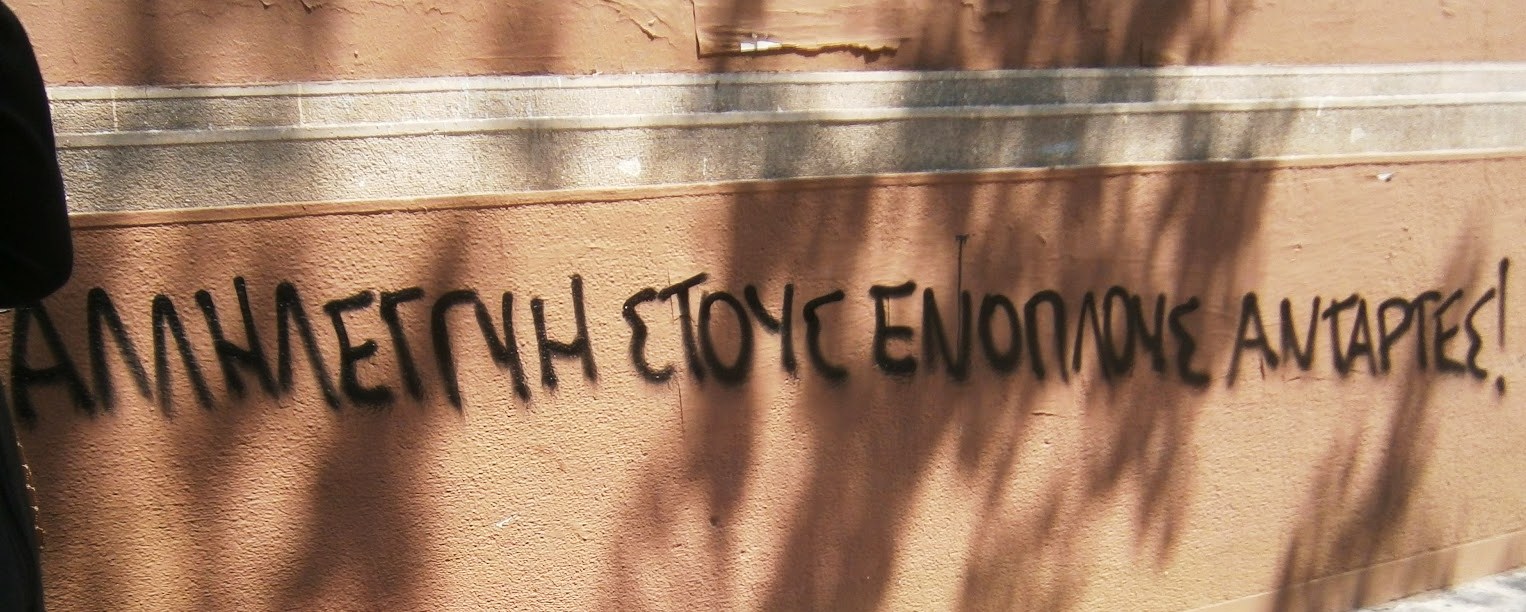

![Eurorepressione - Sulla conferenza a Den Haag sul tema "Anarchia" [corretto]](http://25.media.tumblr.com/tumblr_m0jvngOXtY1qa2163o1_1280.jpg)
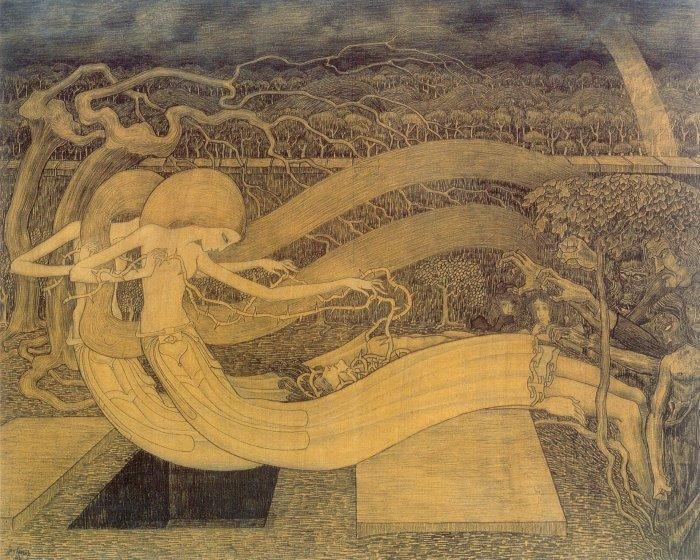
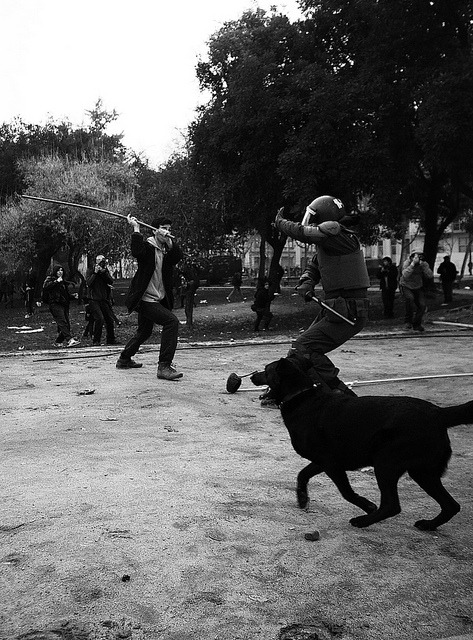
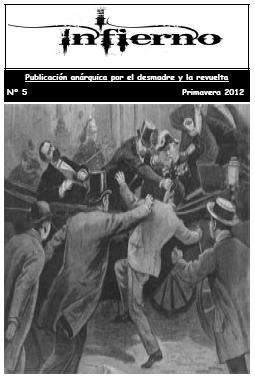
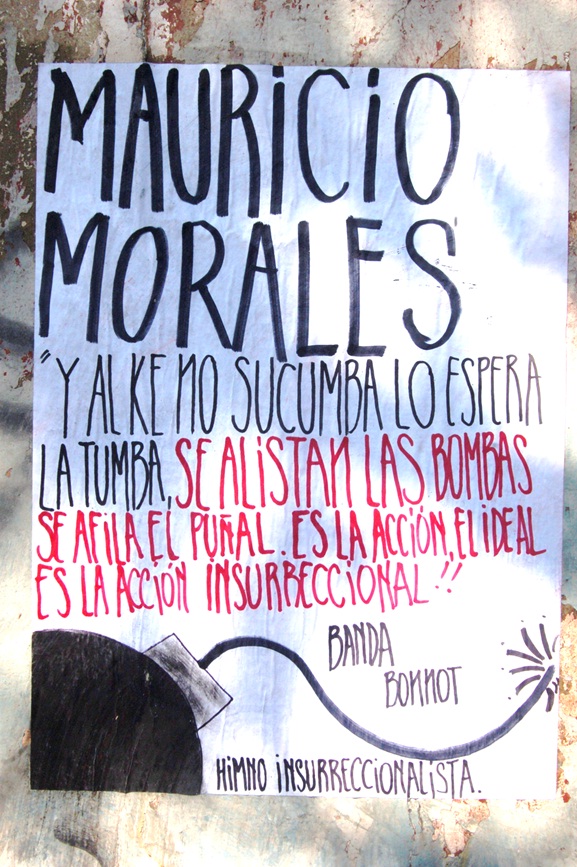
![A tres años de la Partida de Mauricio Morales: De la Memoria a la Calle [Stgo.]](http://metiendoruido.com/wp-content/uploads/2012/05/mmacividad.jpg)
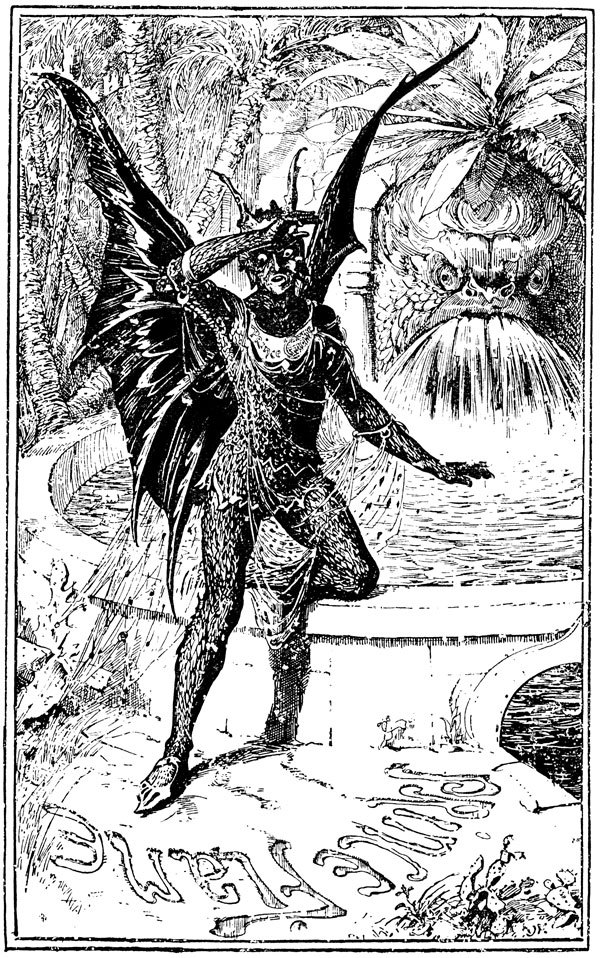




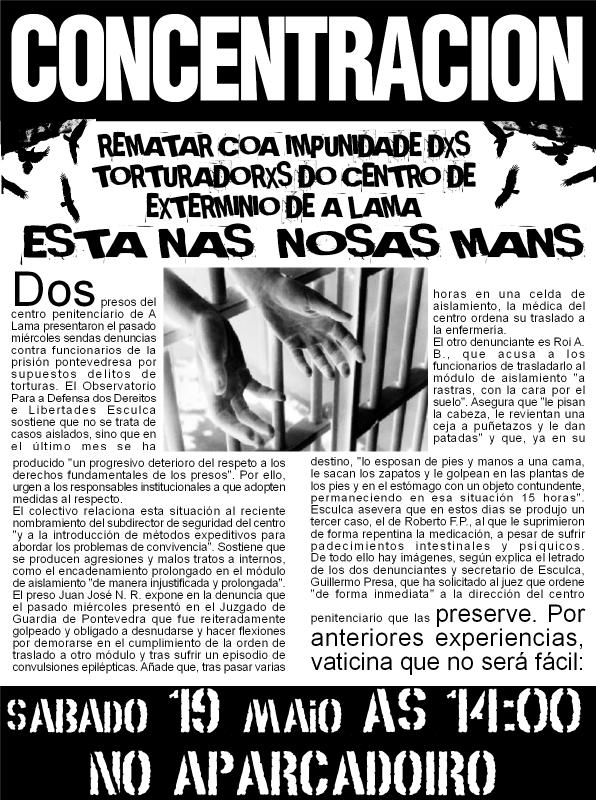

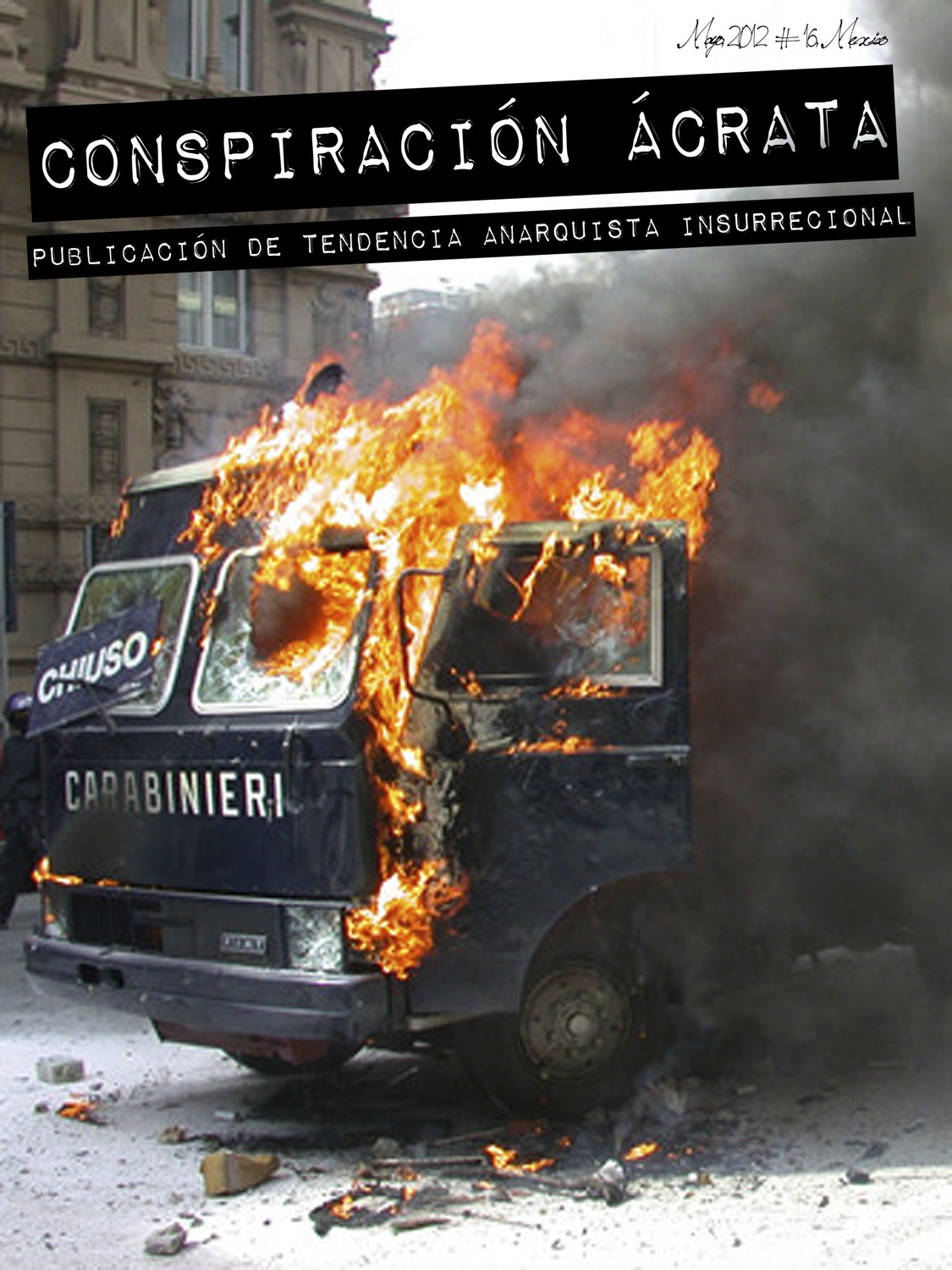

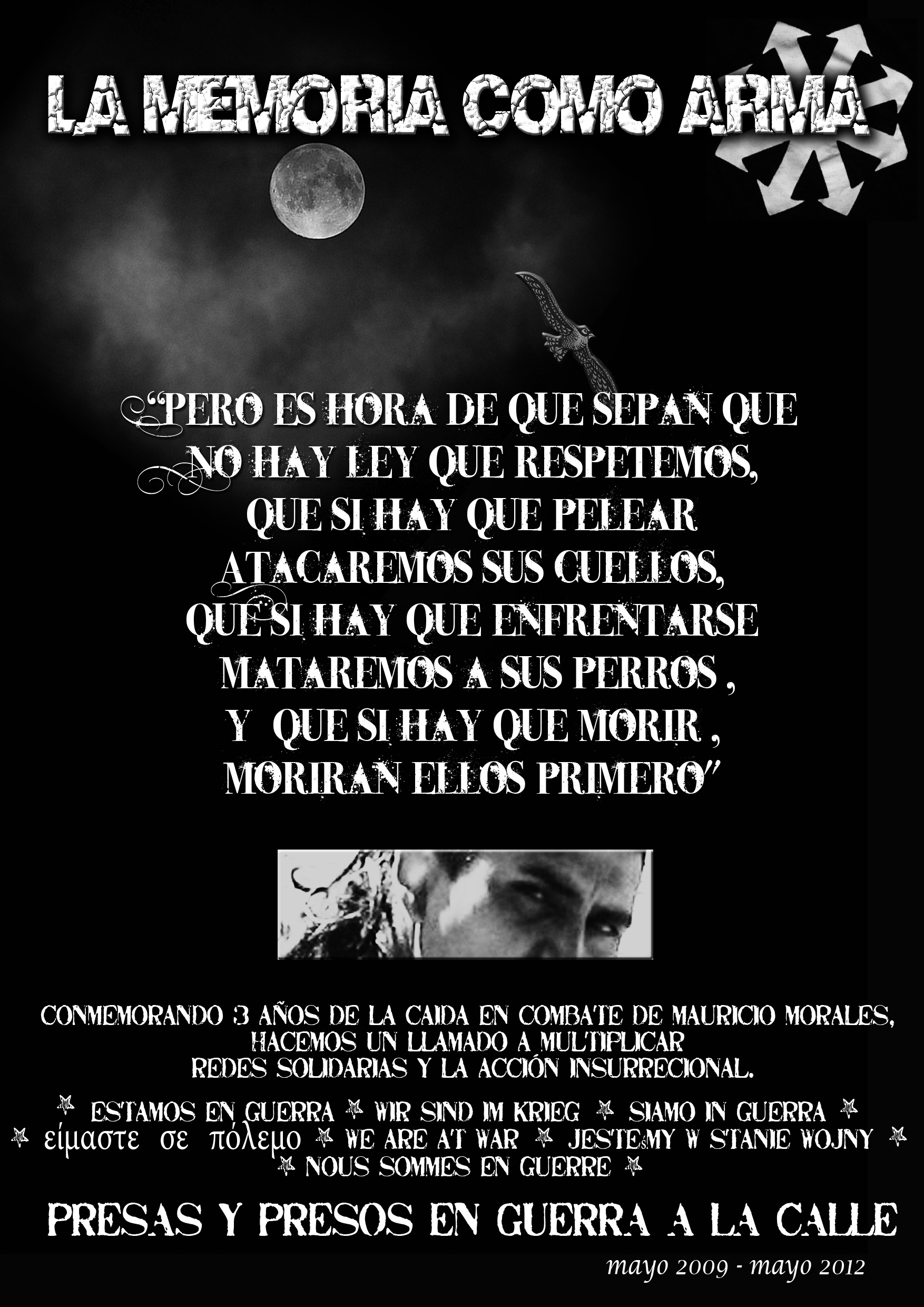









Nessun commento:
Posta un commento